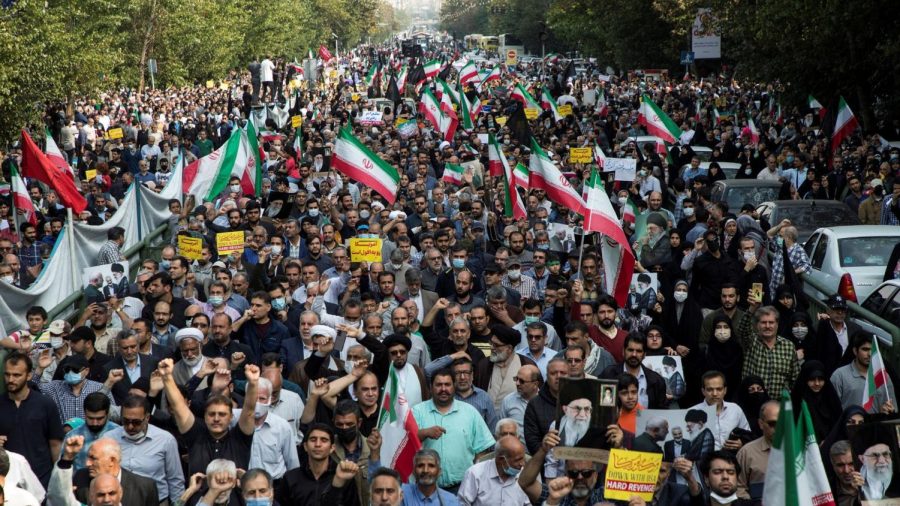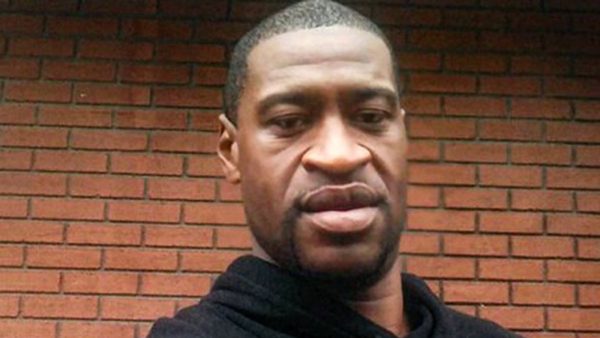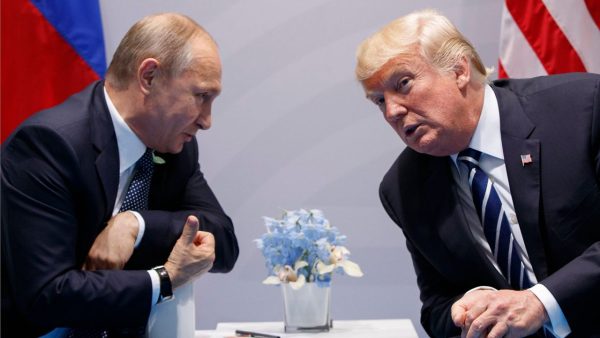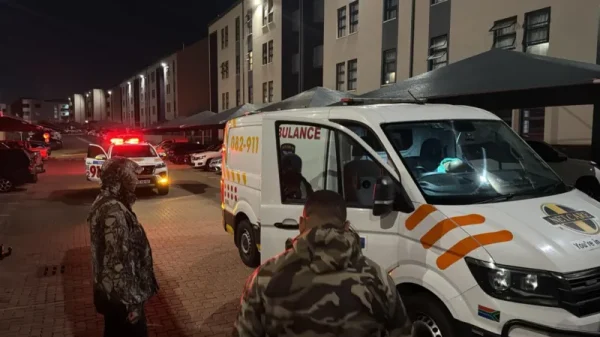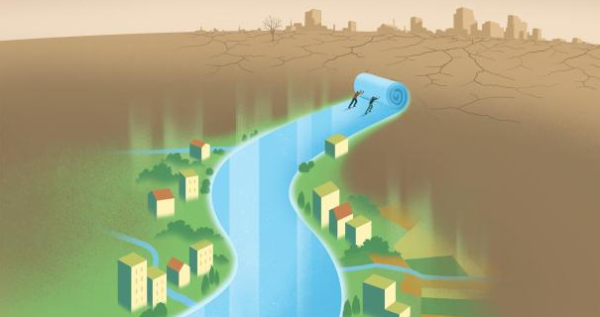Hijab Protests in Iran.
The protest started three weeks after Masha Amini’s death, a 22 years-old Iranian Kurdish woman.
Iran’s morality police are accountable for her death because they saw her wearing her hijab incorrectly. Most sources assume that a strand of her hair must have been shown by accident.
The protests occur on the streets of all major cities. The protestants created a popular chant, “woman, life, freedom,” which has become viral worldwide. It was even incorporated into a song.
It is estimated that 185 people have been killed, including at least 19 children and 14 members of Iran’s security force. These people have been killed since news of Amini’s death emerged on September 16. Iran’s morality police are mostly responsible for those deaths.
A Muslim girl starts covering once she reaches puberty. The word hijab means to veil or barrier, and it is meant to protect Muslim women from the eyes and lust of the outside world. Only family, the woman’s husband, and other women are permitted to see a woman without her covering (in moderation). Women must cover every part of the body except the face and hands, clothing cannot be see-through or tight, and the clothing cannot resemble the clothing of nonbelievers (such as crop tops and other revealing clothing).
The situation parallelled the revolution in 1979, but some analysts hesitate to call what’s happening now a revolution. Most people agree they would need a revolution to make the military change sides. But even though the hijab protests are massive, it still has not affected the government to change its policies about the hijab.

